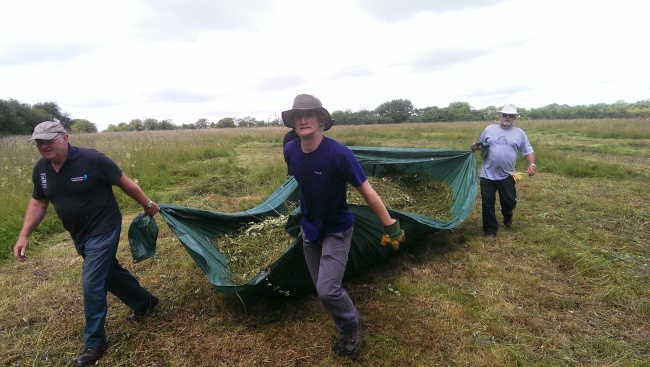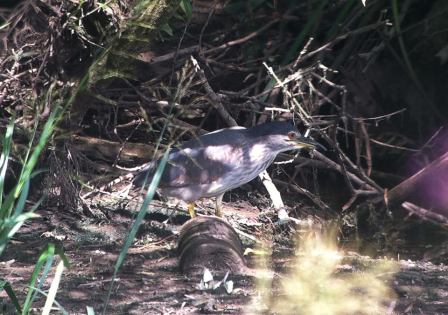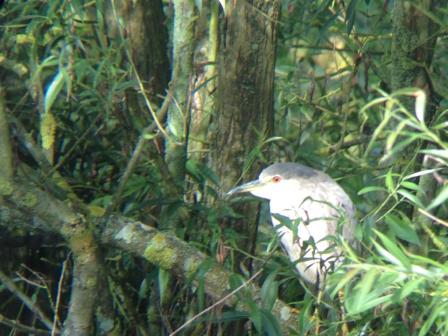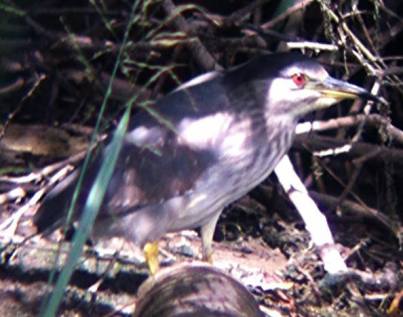This week in ‘A week on the reserves’; Some fencing, some row-ing and some mountaineering. All in the name of conservation.
We started the week off at Cossington Meadows where we were repairing the electric fencing as the posts had rotten (we turned it off first). The first thing we noticed was how nice a summer we must’ve been having, apparent due to the difficulty with which we hammered the posts into the ground. In many cases the posts decided to yield before the ground did! As if our grumbles about the hard going were heard, the heavens opened half way through the day, perhaps not enough to make the posts go in any easier but just enough for the coats to go on, and then off, and then on again. Perhaps a theme for this week, we are beholden to the weather!
Wednesday and we were at Kelham Bridge. A site not often visited by the midweek team, not that we neglect it, more that it has its own dedicated team of locals that do most of the work there. On this occasion their team had cut a great swathe of meadow and we were there to help shift all the cuttings. First we rowed (by which I mean we raked all the grass into neat rows) then we dragged on tarps (plus a little mechanical help from the truck). We cleared the vast majority of the meadow leaving just a small area for the local team to do a few days later.
Thursday’s task was where the mountaineering came in. Tilton Cutting Nature Reserve is renowned for its impressive geological rock faces and it was our job to clear them of vegetation so that any geology enthusiasts can get to see them better (unfortunately a few unscrupulous characters had clearly been hammering at the faces and so destroying some of the interesting features which others could have enjoyed). The bottom of the faces was strimmed down whilst some of us climbed up to lop off any brambles that were hanging down from above, not quite Everest but enjoyable nonetheless.
There was even an extra little task on Sunday this week, or rather part of one as Bertha decided to call off our bracken bashing efforts at Charnwood lodge rather early once everyone’s gloves had filled up with rain. (not to worry we’re back there next Wednesday so the bracken hasn’t gotten away unscathed!)
So an interesting week made rather more difficult by the changing weather, it is England after all!
Thanks to all that came out.
Stan Smith (Reserves Officer)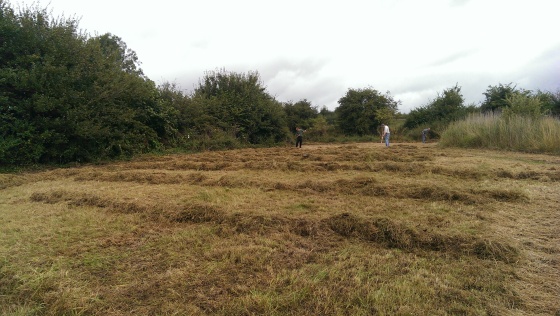
Grass row-ing at Kelham Bridge

